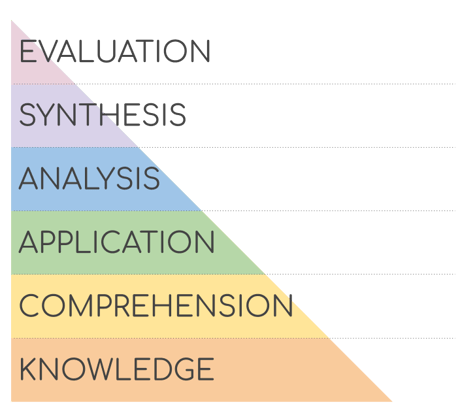Translating User Needs into Requirements: Bridging the Gap
Part 2: From vision to requirements - unlocking the secrets of effective translation
USER NEEDS ANALYSIS


Introduction:
Welcome back to our blog series on engineering excellence! In this second part, we continue our journey by exploring the critical process of translating user needs into actionable requirements. Bridging the gap between user expectations and engineering solutions is the key to delivering products that truly resonate with your target audience.
Key Concepts and Background:
User needs analysis forms the bedrock of engineering projects, providing valuable insights into the desires and pain points of users. Translating these user needs into clear and concise requirements is the next crucial step in the development process. By effectively bridging this gap, engineers can align their efforts with user expectations and ensure a seamless transition from idea to execution.
The Language of Engineers and Users:
Translating user needs into requirements requires clear and effective communication between engineers and users. Engineers must be adept at understanding the language of users, extracting valuable information, and distilling it into actionable objectives. Some key examples and pointers to facilitate effective translation include:
Active Listening: Engaging in active listening during user interviews and discussions to fully understand their requirements and expectations.
Asking the Right Questions: Pose open-ended questions that encourage users to share detailed insights and preferences.
Defining Terminology: Establish a common vocabulary that both engineers and users can use to describe features, functionalities, and expectations.
Visualization Techniques: Use visual aids such as diagrams, sketches, or prototypes to help users express their ideas more effectively.
Documenting Requirements: Accurately document all requirements in a clear and structured manner to avoid misunderstandings and ambiguity.
Validation and Feedback:
Validation plays a crucial role in the translation process. Seeking feedback from users and stakeholders at every stage helps refine requirements and ensure their accuracy. Incorporating iterative feedback loops allows engineers to:
Verify Requirements: Validate that the identified requirements align with the actual needs and goals of users.
Prioritize Requirements: Collaborate with stakeholders to prioritize requirements based on their impact and feasibility.
Address Ambiguities: Use feedback to address any unclear or ambiguous requirements and refine them for better understanding.
Assess Feasibility: Evaluate the technical feasibility of the proposed requirements and make adjustments if necessary.
Iterative Refinement: Continuously update requirements based on feedback to ensure they remain relevant and accurate.
Conclusion:
Translating user needs into actionable requirements is a crucial phase in the engineering process. By understanding the language of users and facilitating effective communication, engineers can ensure that their solutions align with real-world scenarios and user aspirations. The validation process, with its emphasis on feedback and iterative refinement, ensures that engineering efforts are laser-focused on delivering solutions that meet and exceed user expectations.
In the next blog post, "Continual Reanalysis: Adapting to Evolving User Requirements," we will explore the importance of continually reassessing user needs to adapt to changing circumstances and evolving technologies. Stay tuned for more insights on our quest for engineering excellence!
